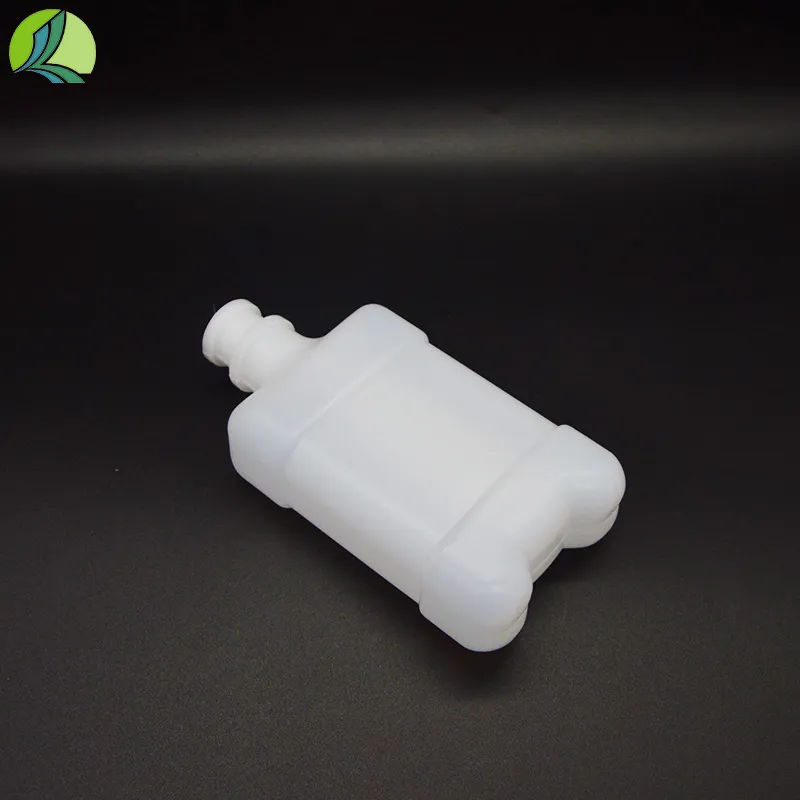
-
 Afrikaans
Afrikaans -
 Albanian
Albanian -
 Amharic
Amharic -
 Arabic
Arabic -
 Armenian
Armenian -
 Azerbaijani
Azerbaijani -
 Basque
Basque -
 Belarusian
Belarusian -
 Bengali
Bengali -
 Bosnian
Bosnian -
 Bulgarian
Bulgarian -
 Catalan
Catalan -
 Cebuano
Cebuano -
 Corsican
Corsican -
 Croatian
Croatian -
 Czech
Czech -
 Danish
Danish -
 Dutch
Dutch -
 English
English -
 Esperanto
Esperanto -
 Estonian
Estonian -
 Finnish
Finnish -
 French
French -
 Frisian
Frisian -
 Galician
Galician -
 Georgian
Georgian -
 German
German -
 Greek
Greek -
 Gujarati
Gujarati -
 Haitian Creole
Haitian Creole -
 hausa
hausa -
 hawaiian
hawaiian -
 Hebrew
Hebrew -
 Hindi
Hindi -
 Miao
Miao -
 Hungarian
Hungarian -
 Icelandic
Icelandic -
 igbo
igbo -
 Indonesian
Indonesian -
 irish
irish -
 Italian
Italian -
 Japanese
Japanese -
 Javanese
Javanese -
 Kannada
Kannada -
 kazakh
kazakh -
 Khmer
Khmer -
 Rwandese
Rwandese -
 Korean
Korean -
 Kurdish
Kurdish -
 Kyrgyz
Kyrgyz -
 Lao
Lao -
 Latin
Latin -
 Latvian
Latvian -
 Lithuanian
Lithuanian -
 Luxembourgish
Luxembourgish -
 Macedonian
Macedonian -
 Malgashi
Malgashi -
 Malay
Malay -
 Malayalam
Malayalam -
 Maltese
Maltese -
 Maori
Maori -
 Marathi
Marathi -
 Mongolian
Mongolian -
 Myanmar
Myanmar -
 Nepali
Nepali -
 Norwegian
Norwegian -
 Norwegian
Norwegian -
 Occitan
Occitan -
 Pashto
Pashto -
 Persian
Persian -
 Polish
Polish -
 Portuguese
Portuguese -
 Punjabi
Punjabi -
 Romanian
Romanian -
 Russian
Russian -
 Samoan
Samoan -
 Scottish Gaelic
Scottish Gaelic -
 Serbian
Serbian -
 Sesotho
Sesotho -
 Shona
Shona -
 Sindhi
Sindhi -
 Sinhala
Sinhala -
 Slovak
Slovak -
 Slovenian
Slovenian -
 Somali
Somali -
 Spanish
Spanish -
 Sundanese
Sundanese -
 Swahili
Swahili -
 Swedish
Swedish -
 Tagalog
Tagalog -
 Tajik
Tajik -
 Tamil
Tamil -
 Tatar
Tatar -
 Telugu
Telugu -
 Thai
Thai -
 Turkish
Turkish -
 Turkmen
Turkmen -
 Ukrainian
Ukrainian -
 Urdu
Urdu -
 Uighur
Uighur -
 Uzbek
Uzbek -
 Vietnamese
Vietnamese -
 Welsh
Welsh -
 Bantu
Bantu -
 Yiddish
Yiddish -
 Yoruba
Yoruba -
 Zulu
Zulu
Understanding the Importance of Properly Labeling Pet Medication Bottles
Understanding Pet Medicine Bottles A Guide for Pet Owners
When it comes to the health of our furry friends, pet medicine plays a crucial role. Just like humans, pets can suffer from various ailments, and proper medication is essential for their recovery. However, as pet owners, we must also be diligent not just about administering the medication, but also about understanding the medicines themselves, which often come in various types of bottles. This article will explore the different types of pet medicine bottles, their importance, and tips for proper use.
Types of Pet Medicine Bottles
Pet medication can come in several forms, including tablets, liquids, and topical applications. Each form has its own kind of packaging designed for safety and convenience.
1. Bottle Design Liquid medications are commonly stored in amber glass or plastic bottles. The amber color helps protect sensitive ingredients from UV light, ensuring that the medication remains effective. These bottles typically have child-resistant caps to prevent accidental ingestion by curious pets or children.
2. Tablet Bottles For oral tablets or chewables, the packaging often consists of plastic bottles with easy-to-open lids. Some may contain a child-proof mechanism, while others emphasize ease of access for quick dosing. These bottles frequently have a moisture-absorbing element to keep the tablets dry and fresh.
3. Topical Medication Containers Creams and ointments are often found in squeeze tubes or small jars. These containers are designed for easy application directly to the affected area of the skin and often carry specific instructions on how much to use and how frequently to apply it.
Importance of Proper Storage and Handling
Proper storage and handling of pet medicine bottles are critical for ensuring the well-being of your pet
. Here are some tips for pet ownerspet medicine bottles

1. Keep Away from Children and Pets Always store medication out of reach. Even if a bottle is child-proof, it’s beneficial to keep it in a cabinet or high place to prevent any accidents.
2. Follow Storage Instructions Medications may have specific storage requirements. Some need to be refrigerated, while others should be stored at room temperature. Always read the label and follow the instructions to maintain efficacy.
3. Check Expiry Dates Pet medications can expire, becoming less effective or even harmful. Always check the expiration date on the bottle and safely dispose of any expired medication.
4. Use Clear Labels If you transfer medication to another container, ensure it is clearly labeled with the pet’s name, dosage, and frequency of administration. This will help prevent any miscommunication or errors in dosing.
Communicating with Your Veterinarian
Always maintain open lines of communication with your veterinarian about any pet medications. If you have questions regarding the medication or notice any side effects, don’t hesitate to contact them. It’s important to report any changes in your pet’s behavior or health after administering medication, as this can indicate an adverse reaction.
Conclusion
The proper understanding and handling of pet medicine bottles are essential elements of responsible pet ownership. By familiarizing yourself with the types of medicine your pet may require and taking steps to ensure safe storage and administration, you can effectively contribute to your pet’s health and happiness. Always remember that your veterinarian is a vital resource in navigating the complexities of pet medication, ensuring that your furry friend receives the best care possible. With careful attention and responsible practices, you can safeguard your beloved pet's health, ensuring many joyful years together.
-
Premium 200ml Medicine Bottles – Leakproof Dropper & Spray Options at Best PriceNewsJul.05,2025
-
PTFE Centrifuge Tubes - Chemical Resistant, Leak-proof, Ideal for Laboratory UseNewsJul.05,2025
-
Premium Metal Dropper Bottle for Precise Dispensing 250ml & 1ml Options AvailableNewsJul.04,2025
-
20 ml Headspace Vials - High Quality Polyethylene & Plastic Vials for Lab UseNewsJul.04,2025
-
Small Bottle with Pipette - Precise Dispensing 100ml Pipette Bottles for Essential Oils & Lab UseNewsJun.24,2025
-
Acetic Anhydride Bottle for Accurate Dropper Measurement in Pharmacy Use High-Quality Dropper BottlesNewsJun.10,2025






















